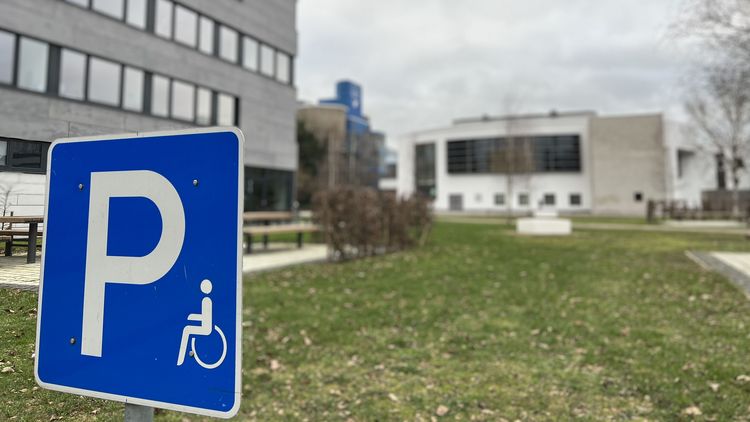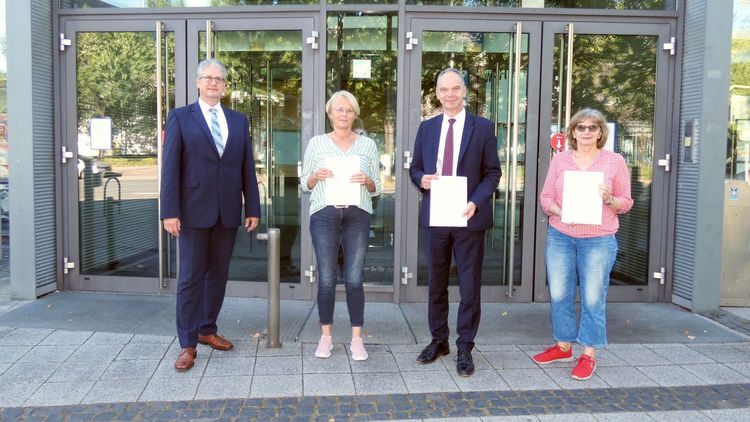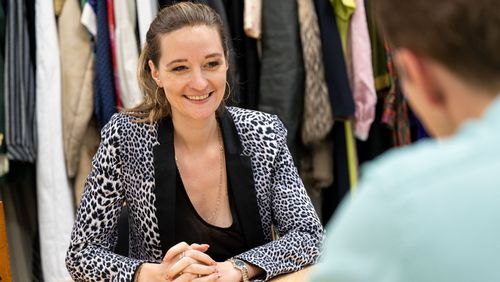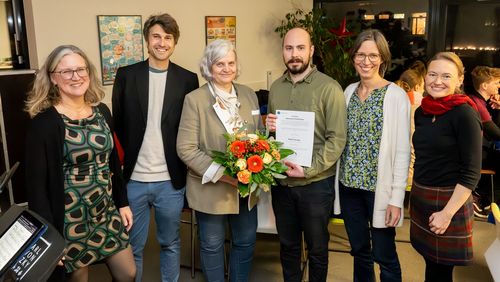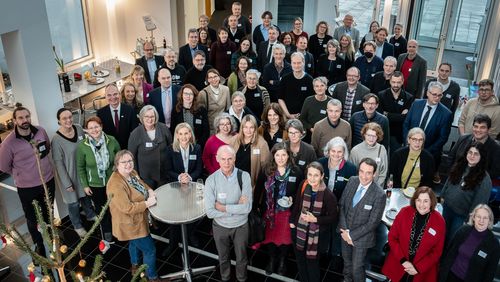The University of Oldenburg has signed an inclusion agreement with the goal of raising awareness among employees. An action plan sets out concrete measures.
A better awareness of inclusion, improved working conditions for people with a disability and less fear of contact: these are the goals of the Inclusion Agreement signed by the President's Office, the Representative Council for Employees with Disabilities and the Staff Council at the end of August 2022. "Ensuring inclusion, equal opportunities and self-determined participation in working life for people with disabilities, as well as respectful and appreciative interaction is a special commitment for our university," stresses University Vice President Jörg Stahlmann. It is therefore important to offer people with disabilities better opportunities in working life and to promote their education, training and employment, he added.
With the agreement, the university in its role as employer aims to not only turn the legal requirements into concrete objectives but also promote a general climate of inclusion. "It's about creating understanding and acceptance for the different strengths and weaknesses of individuals when they work together," says Maike Santelmann, who represents the university in matters relating to people with disabilities as an inclusion officer, and is also the contact person for employees and authorities. Timm Behrendt from the Representative Council for Employees with Disabilities is delighted that after almost two years of negotiations the university has concluded its first inclusion agreement. "For an inclusive university this is of course only the first step," he says. "There's still plenty of work to do."
The various working groups have therefore drawn up an action plan listing the measures to be implemented by the end of 2024. One key point is communication: to remove barriers and prejudices, information on the subject of disabilities will be made more accessible, for example in the form of an FAQ list with information on funding opportunities and contact persons.
Action plan with incentives for recruiting new staff
An important objective of the agreement is to employ more people with disabilities than legally required in jobs and training positions at the university. "There are still many hurdles on the labour market for people with disabilities, which is why we want to provide support through personnel development here," says Santelmann. Like many other institutions, the University of Oldenburg is currently below the legal quota of five percent. To remedy this, the action plan envisages new incentives for the recruitment of people with disabilities, including financial support for such positions from a central budget. In addition, the hiring guidelines are to be revised.
The university also plans to provide more support to youths and young adults with a disability through various measures, such as offering them at least twelve months of continued employment once they have completed their education or special support programmes.
Another equally important objective is to develop structures and buildings with as few barriers as possible, or none at all. A working group focused on reducing structural barriers is currently studying ways to systematically assess and reduce such barriers within the framework of an action plan. The topic of accessibility will also be incorporated into checklists for renting buildings. As Santelmann points out: "Inclusion does not just concern individual people or workspaces, but should be taken into account in every decision".



